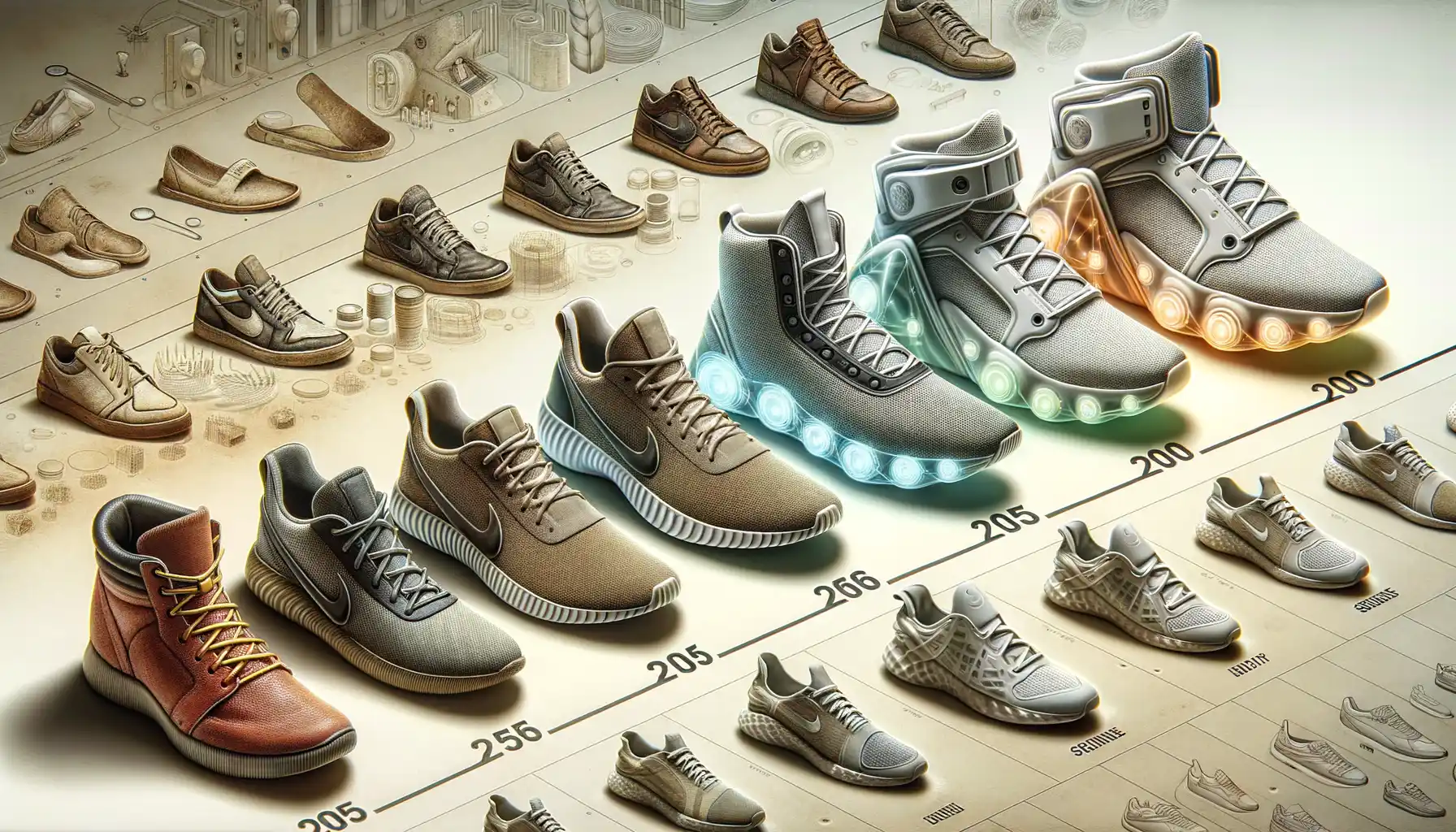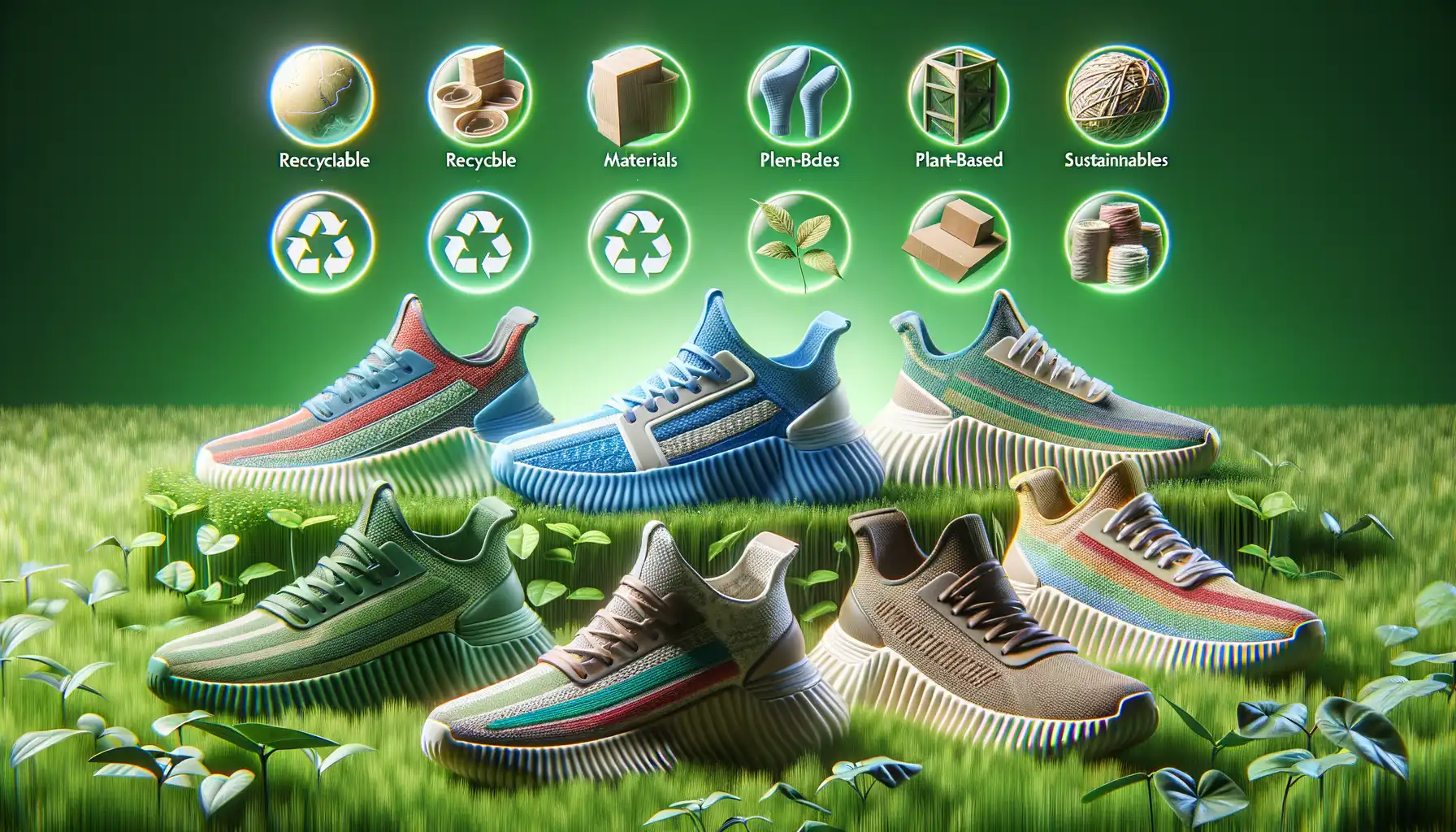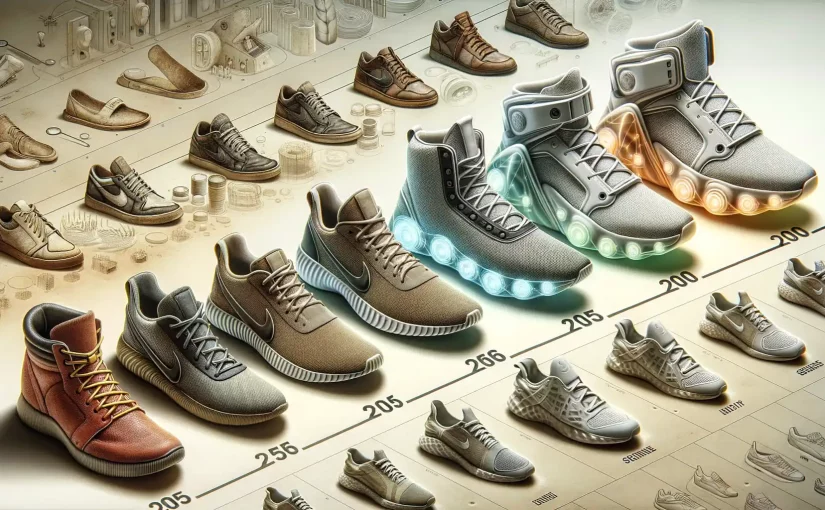The Origins of Sneaker Culture
Where It All Began: From Function to Flair
Picture this: It’s the late 19th century, and shoes are purely functional—rigid, heavy, and definitely not built for running free or looking cool. Enter the *game-changer*: rubber-soled shoes, nicknamed “plimsolls.” These weren’t just practical—they were revolutionary. Suddenly, people could enjoy quieter footsteps and softer landings. Fast forward to the 1920s, when a certain name changed everything: Converse. Their iconic Chuck Taylor All Star sneakers didn’t just debut; they dominated basketball courts and street corners alike.
But sneaker culture as we know it? That was born on playgrounds and city blocks. In the 70s, brands like Nike started weaving technology into design, and boom—the humble sneaker wasn’t humble anymore. The streets became the stage, and kicks became expressions of individuality, rebellion, and artistry.
Catalysts of a Subculture
Here’s what really fueled the fire:
- Music: Hip-hop icons like Run-D.M.C. rocked Adidas Superstars with no laces, turning shoes into statements.
- Sports legends: Michael Jordan’s Air Jordans didn’t just sell—they inspired a movement both on and off the court.
- Pop culture: Movies like “Back to the Future” gave sneakers almost mythical power (hello, self-lacing Nike MAGs!).
By the 80s and 90s, sneakers weren’t just footwear—they were badges of identity, collectible treasures, and sometimes even…art.
Technological Advancements in Sneaker Design

Sneaker Tech That Changed the Game
Imagine stepping into a pair of sneakers that feel custom-built for your every stride—no, it’s not magic, it’s the result of cutting-edge technology. Over the years, sneakers have transformed from simple canvas-covered soles to high-performance marvels of engineering. Take midsoles, for instance. Today’s midsoles don’t just cushion—they *react*. Think of brands like Adidas with their game-changing Boost foam, delivering energy return that feels like bouncing on clouds.
Then there’s the rise of knit uppers. These lightweight, breathable materials mold to your foot like a second skin, pioneered by innovations like Nike’s Flyknit. They’re not just functional—they’re sustainable, using less waste in production. And let’s not forget smart tech integrations. Some sneakers now feature sensors that track your steps, analyze running patterns, and even adapt their cushioning on-the-fly.
- Energy-returning foams for effortless momentum.
- Self-lacing systems (cue Back to the Future vibes).
- Advanced traction patterns inspired by nature, like biomimetic grips.
Every stitch, sole, and sensor tells a story: one of innovation aimed at giving you an edge—whether on the court, track, or streets.
Iconic Sneaker Eras and Their Impact on Fashion
![]()
The Golden Age of the Court: Sneakers in the 80s and 90s
If there was ever a time sneakers took the throne, it was the 80s and 90s. These decades didn’t just watch sneakers rise—they saw them explode into pop culture royalty. Picture this: *Michael Jordan* soaring through the air in a pair of fresh Air Jordans, making basketball shoes as essential as denim jackets. In fact, those kicks didn’t stay confined to the court. Oh no, they strutted their way into music videos, high school hallways, and even red carpets.
Then came the 90s—when sneakers were no longer just shoes, but status symbols. Think about chunky dad sneakers, neon pops of color, and absolute legends like the Nike Air Max. These weren’t just sneakers; they were statements. People wore them like badges of honor, broadcasting everything from their music tastes to their rebellion against mainstream style.
- Adidas Superstars: Where hip-hop met street fashion.
- Reebok Pump: A sneaker with an actual inflatable cushion? Wildly futuristic for its time.
- Converse Chuck Taylors: Immortalized by grunge and garage bands.
It wasn’t just footwear—it was a revolution you wore on your feet.
Sustainability and Modern Sneaker Trends

The Green Wave of Sneaker Style
Imagine slipping into your favorite pair of kicks and knowing they’re not just turning heads—they’re also saving the planet. Today, the world of sneakers is flipping the script on what it means to be fashionable by embracing sustainability like never before. Brands are boldly stepping up their game, creating designs with materials that respect the Earth without sacrificing an ounce of style.
Here’s the kicker: sustainable sneakers aren’t just a niche trend anymore. From the clean, minimalistic lines of recycled knit uppers to chunky soles made from repurposed rubber, eco-friendly design has infiltrated mainstream fashion. Big names like Adidas’ Parley collection use ocean plastic, while smaller disruptors are crafting fully biodegradable sneakers that decompose back into nature.
– Sneakers made with plant-based leather? Check.
– Outsoles formed from algae foam? Yep, that too!
It’s proof that innovation and ethics go hand in hand—or should we say, foot in shoe.
Is Sustainability Changing How We Shop?
Absolutely, and here’s where things get personal. Modern buyers aren’t just asking if a sneaker looks good—they’re asking how it’s made, where, and at what cost to the environment. Take Allbirds, a brand that places its carbon footprint front and center, or Nike’s Move to Zero, blending performance with purpose.
This shift feels like a promise—to ourselves, our future, and the planet. It’s no longer just about the shoes; it’s about the legacy we leave with every step.
The Future of Sneaker Innovation

Where Tech Meets Sole: The Next Frontier
What does the future hold for sneaker innovation? Picture this: sneakers that not only look cutting-edge but also think for themselves. With advancements in technologies like smart materials and AI-driven design, the humble sneaker is about to leap into a world where functionality and style are practically science fiction.
Imagine slipping on a pair of sneakers embedded with sensors that adapt instantly to your movement—tightening when you’re sprinting, loosening when you’re at ease. Or shoes that track your performance metrics in real time and sync them straight to your phone. Not just built for running—they’re *partnering* with you every step of the way.
- Self-lacing systems that mold to your foot shape, offering personalized comfort.
- Biodegradable materials grown in labs, fusing sustainability with a futuristic edge.
- Holographic designs that shift color based on lighting or mood.
The Rise of Customization As Art
Here’s where it gets personal. Brands are no longer just selling sneakers; they’re helping you create *your* sneaker. Think 3D-printed soles tailored to your unique footprint or AR apps that allow you to design your dream kicks from scratch, down to the last stitch. Sneakers are evolving beyond products—they’re becoming wearable statements of identity.
And let’s not forget collaborations between fashion icons and tech innovators. When a designer like Virgil Abloh meets groundbreaking algorithms or biotech fabrics, we get creations that redefine what footwear even is. The next wave of sneakers isn’t just a product; it’s an experience—and one we’ll never forget.

